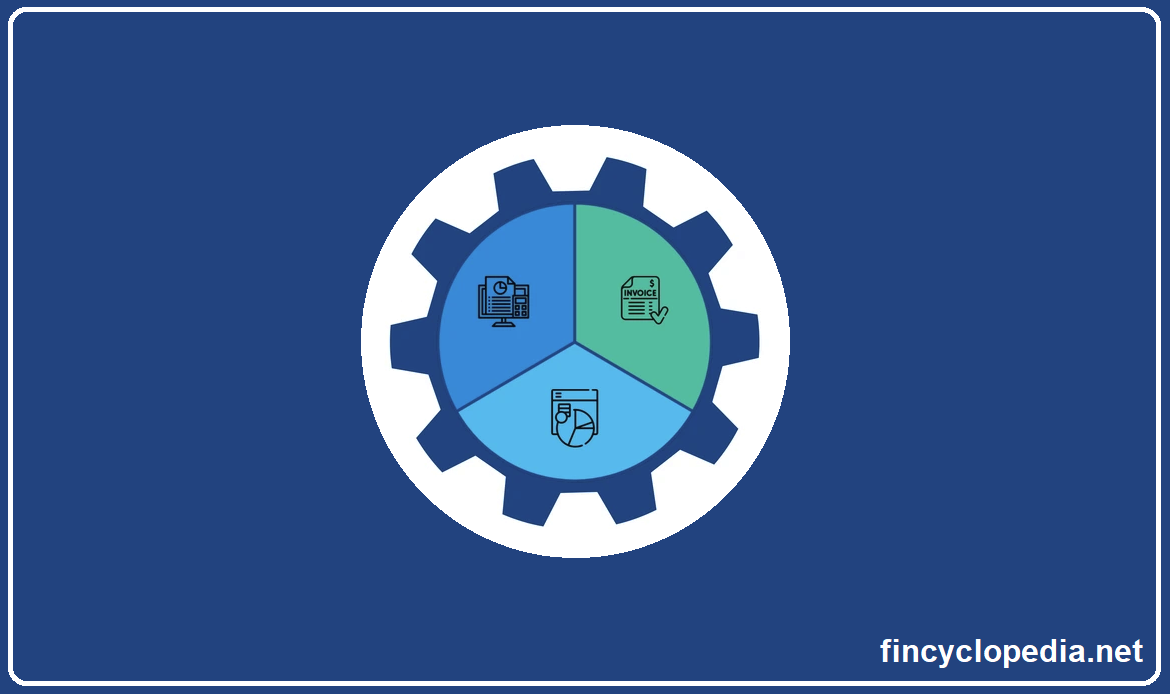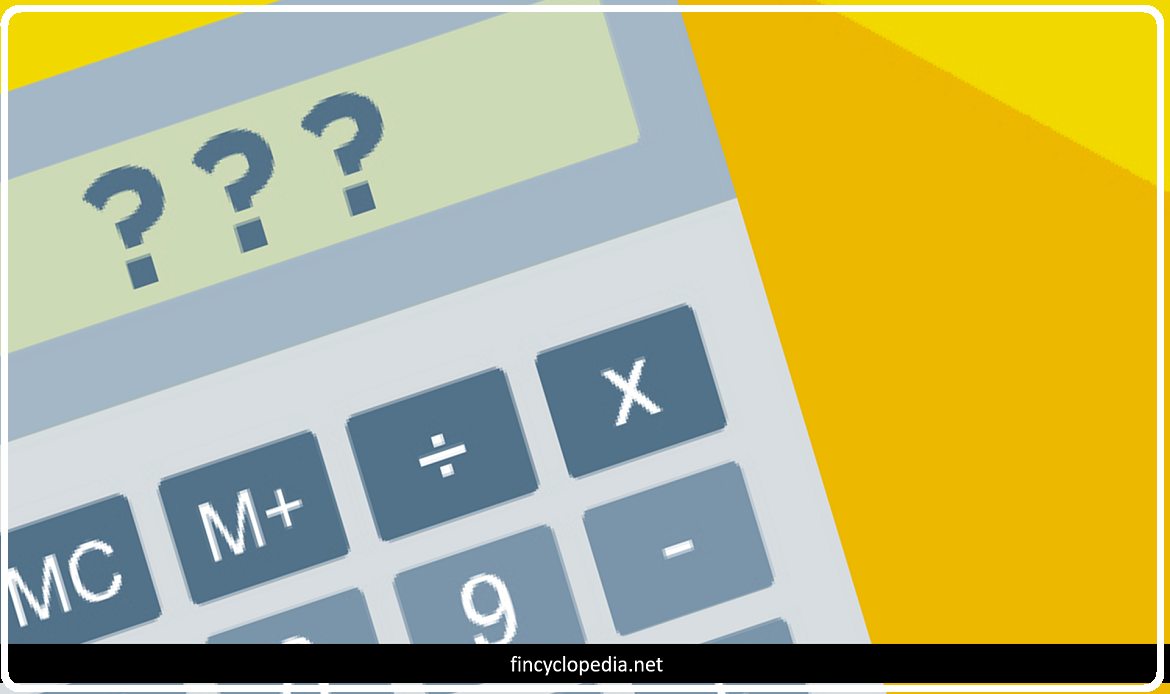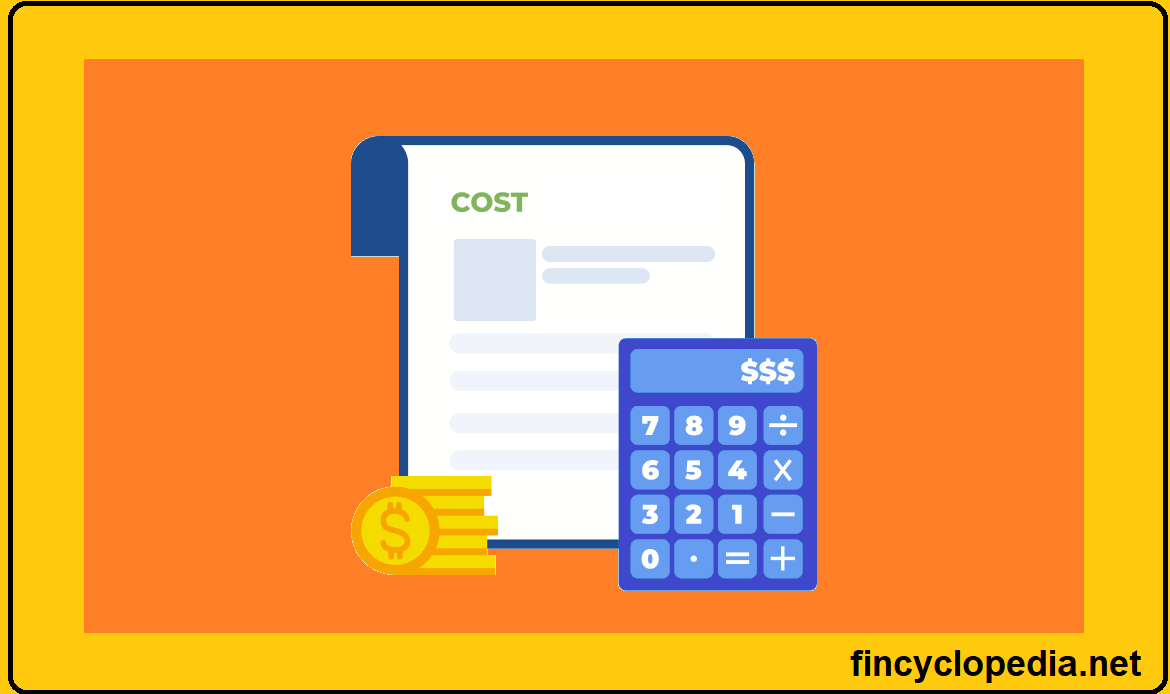A measurement base whereby an item (an asset) is initially recognized and measured at a value equal to its original cost at the date of acquisition. Cost implies the actual amount of cash or monetary assets disbursed in a certain transaction.
Cost includes all relevant charges paid out for acquisition such as transportation, handling, etc. Any discounts allowed by the seller for that particular item must be deducted from the cost. In other words, cost include the purchase price net of discounts and rebates, the expenses paid to prepare the asset for its intended use or condition or location. In addition to that, expenses related to delivery, site preparation, assembly, and installation are added to an item’s cost.
An example of items measured at cost is plant, property and equipment (PPE).
Following initial recognition, an item is subsequently measured using either the cost model (CM) or the revaluation model (RM). According to the cost model, an asset is carried at cost less its respective accumulated depreciation and any accumulated impairment losses. Under the revaluation model, the carrying amount of an asset is the fair value (FV) at the date of revaluation less any subsequent accumulated depreciation and subsequent accumulated impairment loss.







